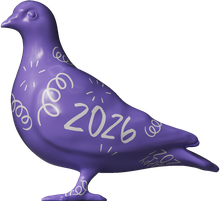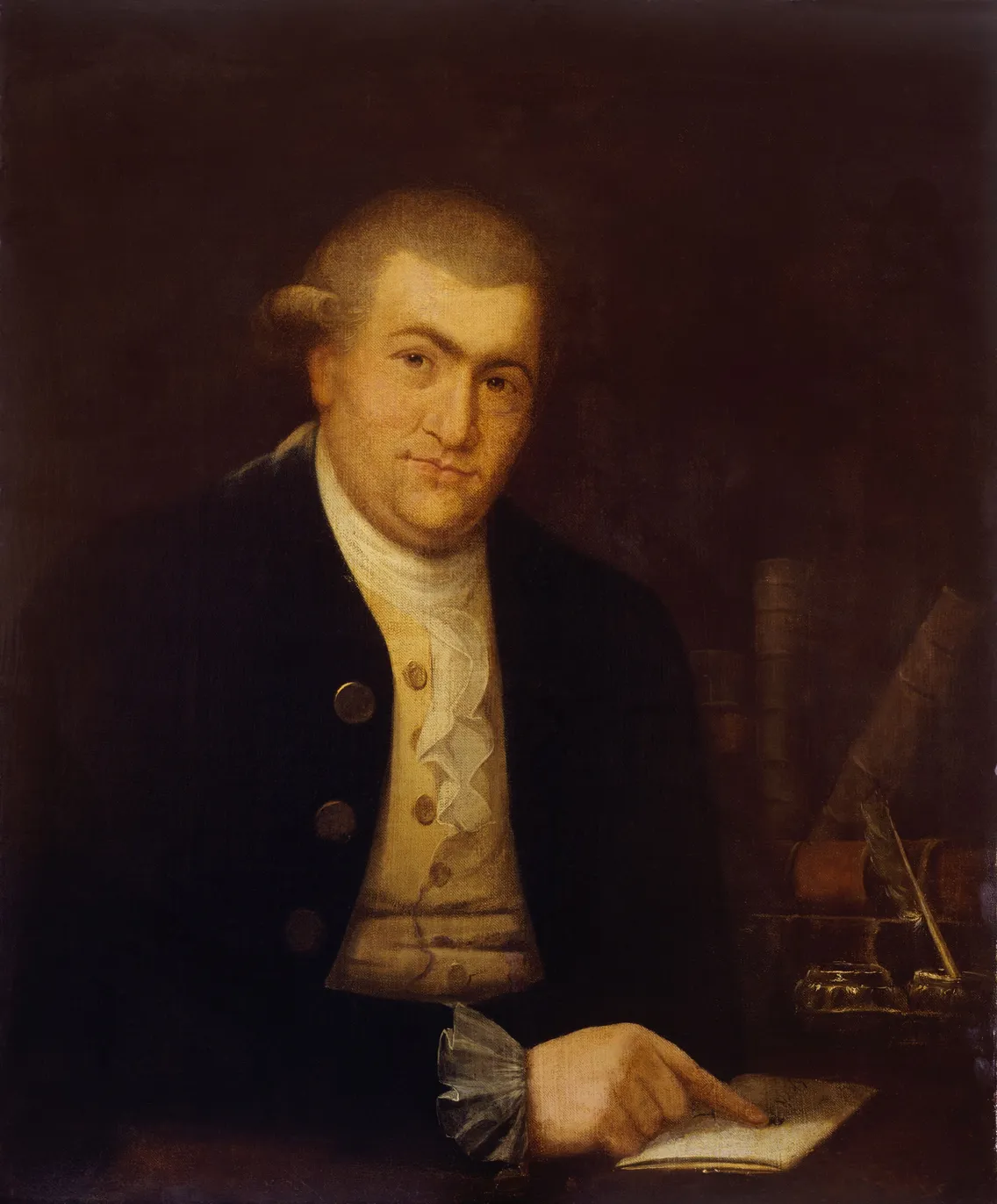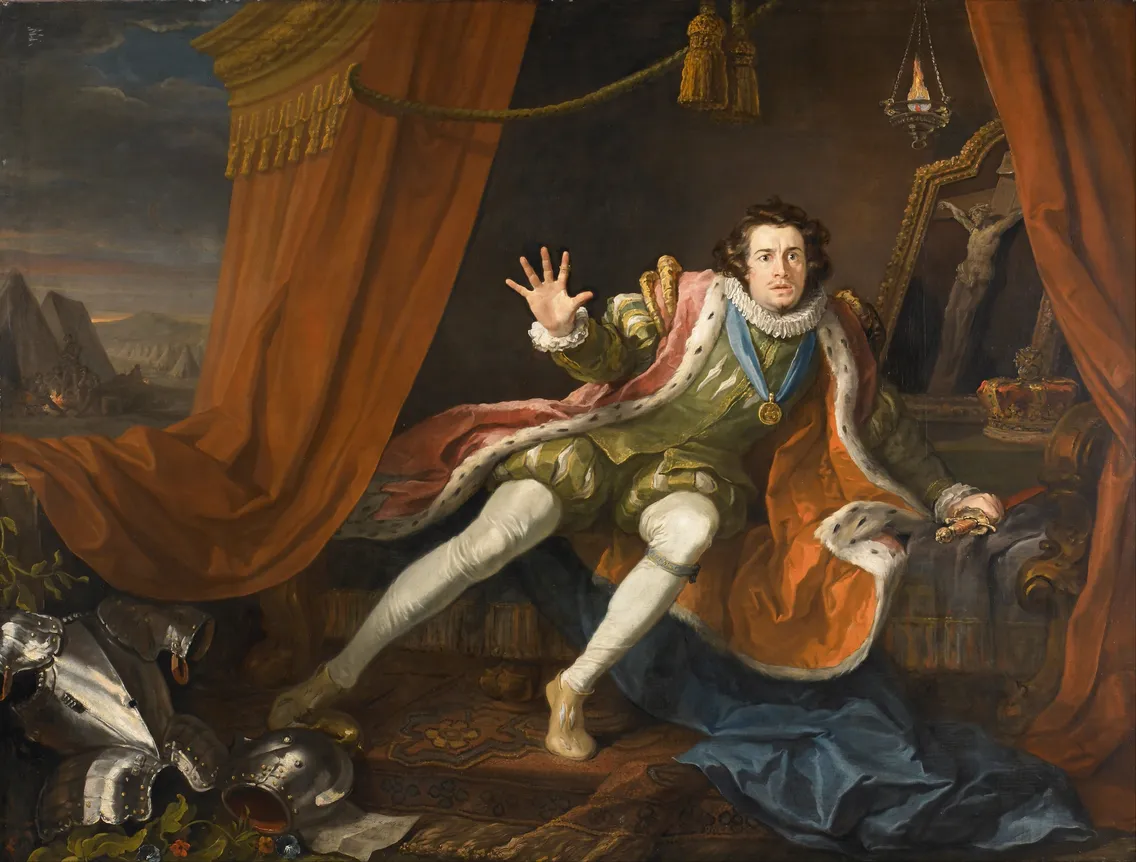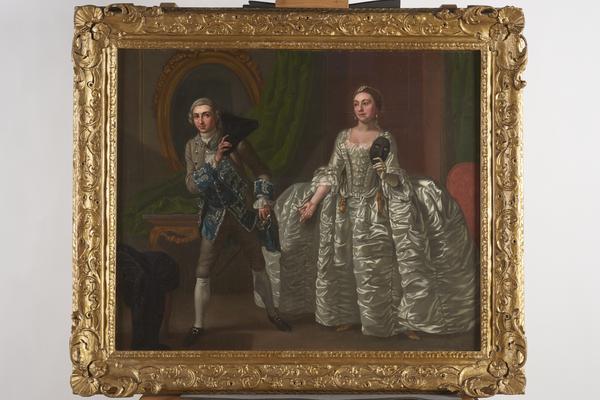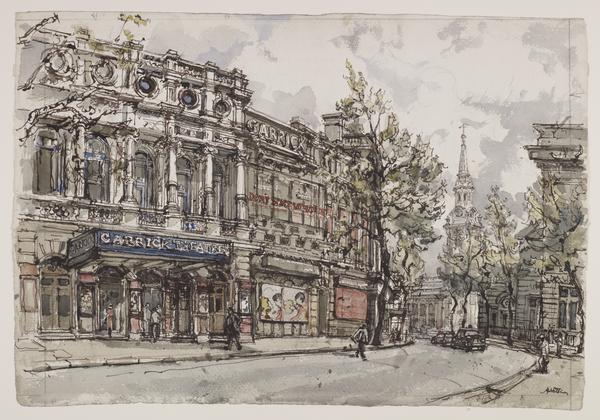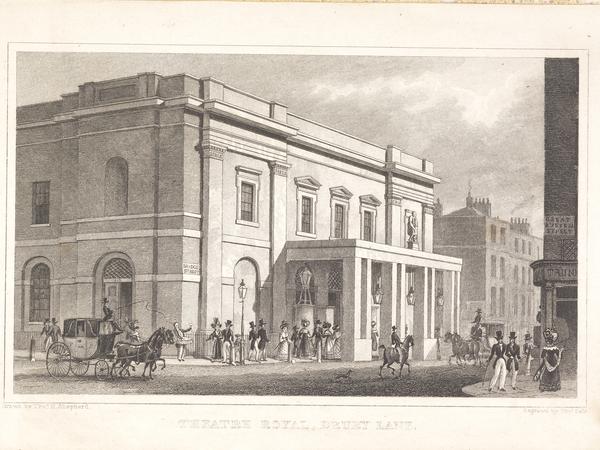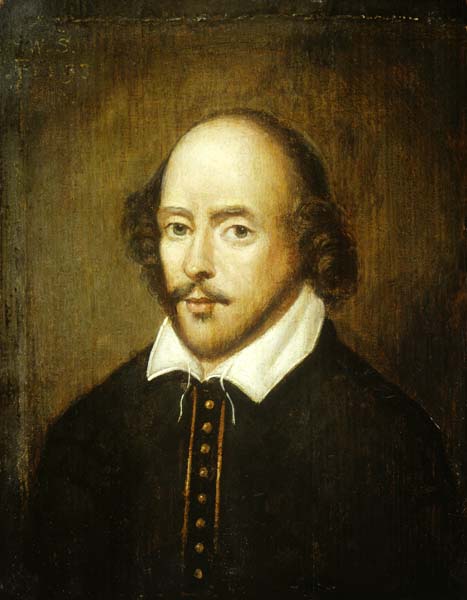David Garrick: A theatre sensation
An actor, playwright and theatre manager, David Garrick’s career touched almost every part of the theatrical world. He’s remembered as one of the most culturally significant Londoners of the 1700s.
Covent Garden
1717–1779
The man who revolutionised the stage
Are you a keen theatregoer? Well you have one 18th-century actor to thank for making it a socially acceptable pastime. David Garrick transformed acting into a more modern profession and placed theatre at the heart of British culture.
A master of tragedy and comedy, Garrick pioneered the natural style of acting we’re familiar with today. But his talents weren’t contained to the stage. He also adapted plays by the likes of William Shakespeare. And he was the hugely successful manager of the Theatre Royal on Drury Lane in Covent Garden.
Garrick’s mark on London’s cultural life has been commemorated in the street, theatre and members club named after him.
From selling wine to taking the stage
Garrick moved from Litchfield to London in 1737, aged 20. He and his brother Peter set up a wine merchant business and were contracted to the Bedford Coffee House, a haunt of actors, artists and theatre managers.

David Garrick and Hannah Pritchard in a scene from 'The Suspicious Husband'
“My mind… has always been inclin’d to the stage”
David Garrick, 1741
It was Garrick’s introduction to the world of theatre. And it’s possible this was something he’d wanted for some time. “My mind,” he wrote in 1741 a letter to his brother in his early London years, “... has been always inclin’d to the stage.”
In 1741, Garrick began acting for plays staged by his new actor friend Henry Gifford. At first he appeared under a stage name, or was billed as ‘A Gentleman’. He was concerned about damaging his family name by associating it with the theatre.
Finding success with Shakespeare
Garrick rose to fame for his sensational performance of Shakespeare’s Richard III at Goodman’s Fields Theatre, Whitechapel. He brought a new energetic, emotional and realistic acting style to the stage – which the public loved. He acted under his own name from then on.
His sudden stardom was reinforced in the demand for prints and paintings of him as Richard III. William Hogarth, a friend of Garrick, painted him acting out a scene. There’s even a rather luxurious tapestry in our collection featuring him posed in costume.
After his success as Richard III and then King Lear, Garrick became the principal actor at the Theatre Royal on Drury Lane – the oldest theatre in London still in use. He would later play many more of Shakespeare’s tragic heroes – Romeo, King Lear, Macbeth, Hamlet – while popularising the playwright to wider audiences.
Managing the Theatre Royal
In 1747, Garrick took over as manager of the Theatre Royal. Applying some of the business savvy he’d learned as a wine merchant, he ran the theatre in partnership with fellow actor James Lacy for 29 years.
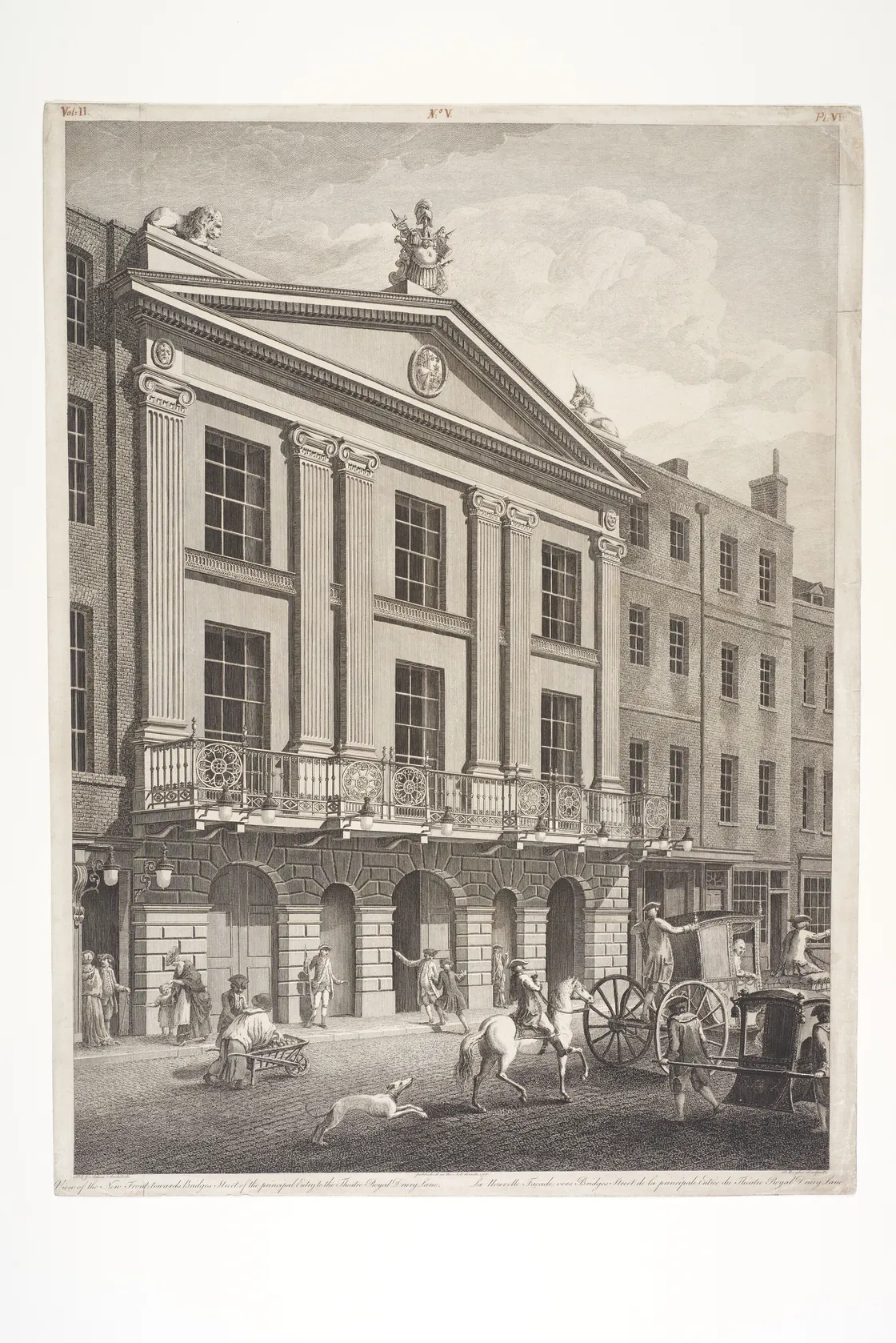
The new entrance to the Theatre Royal, Drury Lane, which opened in 1775, Garrick's final year as manager.
Garrick professionalised and modernised the theatre during this time. This included adopting new innovations in lighting and scenery. He also transformed the theatre’s finances from struggling to strong.
The Theatre Royal became the leading theatre in Britain. During his time as manager, Garrick successfully adapted plays, particularly by Shakespeare, and directed many renowned actors of the time. Of course, he also continued to take to the stage and excel in both tragic and comic roles.
“His profession made him rich and he made his profession respectable”
Samuel Johnson, 1801
Garrick’s legacy
As the writer Samuel Johnson wrote in his eulogy on Garrick, “his profession made him rich and he made his profession respectable.” Garrick’s career made theatre and acting more socially acceptable. And it inspired the growing interest in acting over the 1700s.
Garrick was also probably one of the most painted British people in his lifetime, with many artists drawn to his fame and his expressive face. You can find a selection of objects featuring his many portraits in our collection – as well as a curious selection of costumes, letters and theatre tokens.

